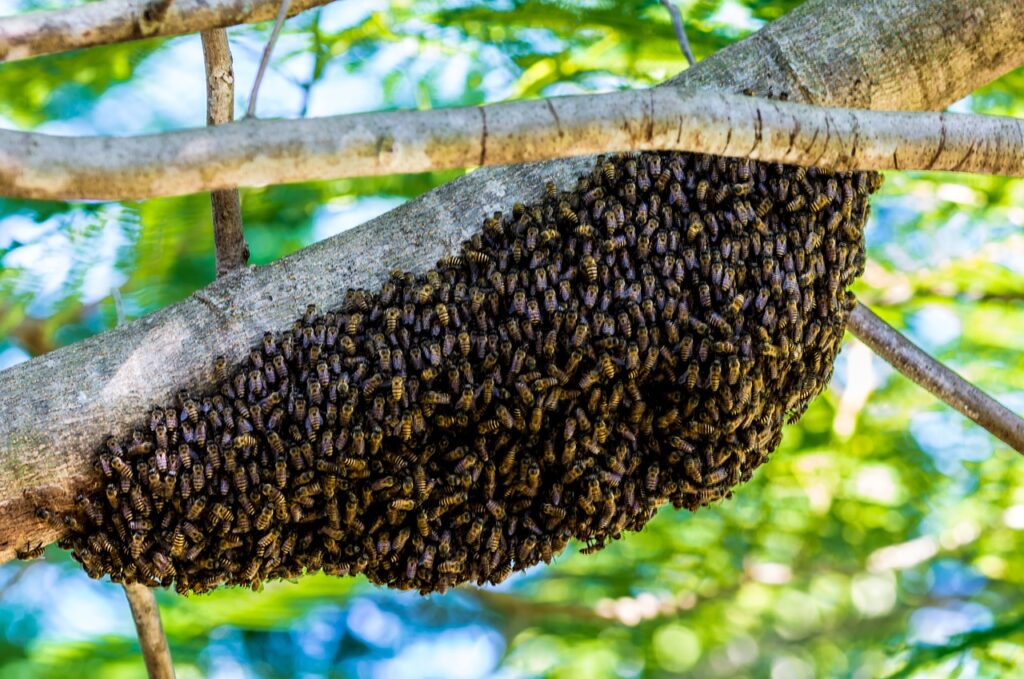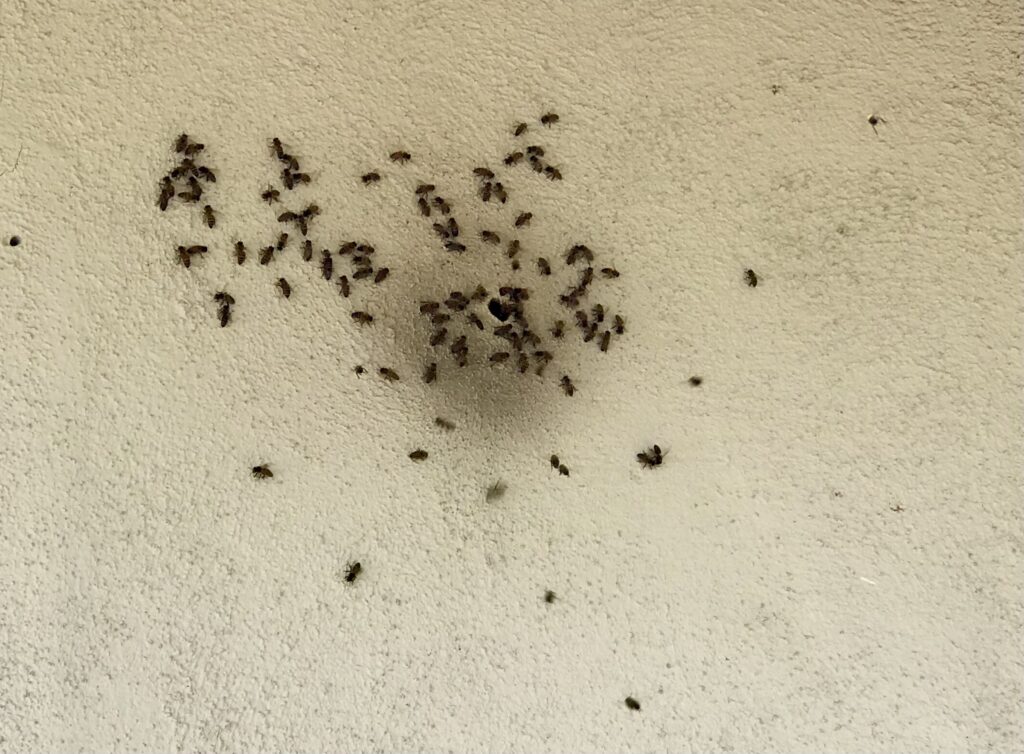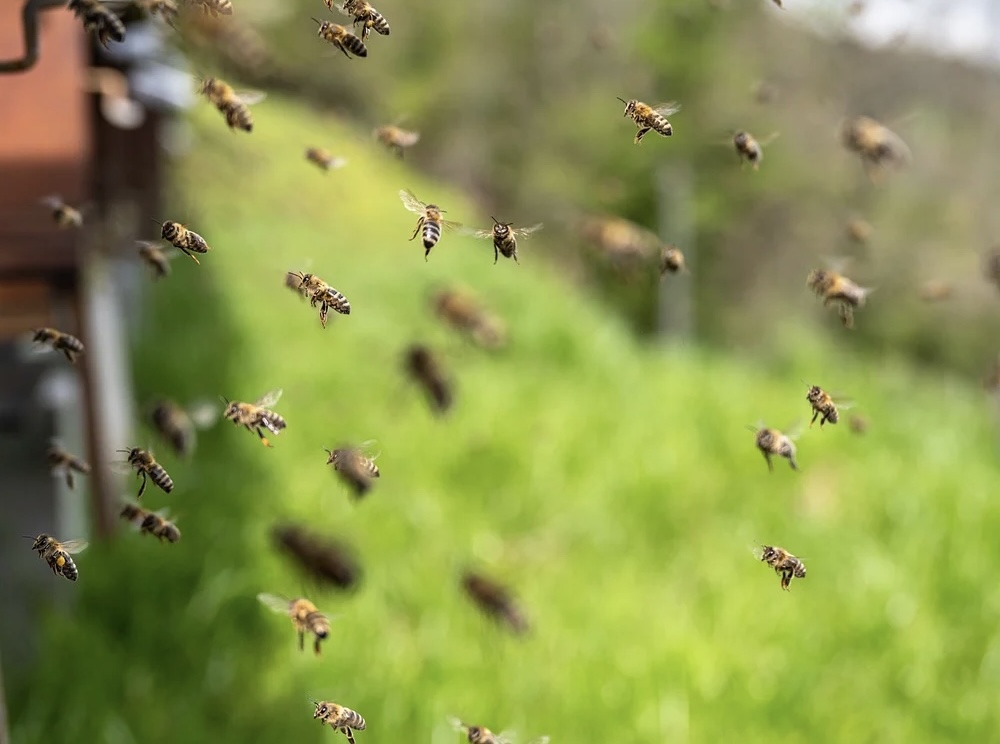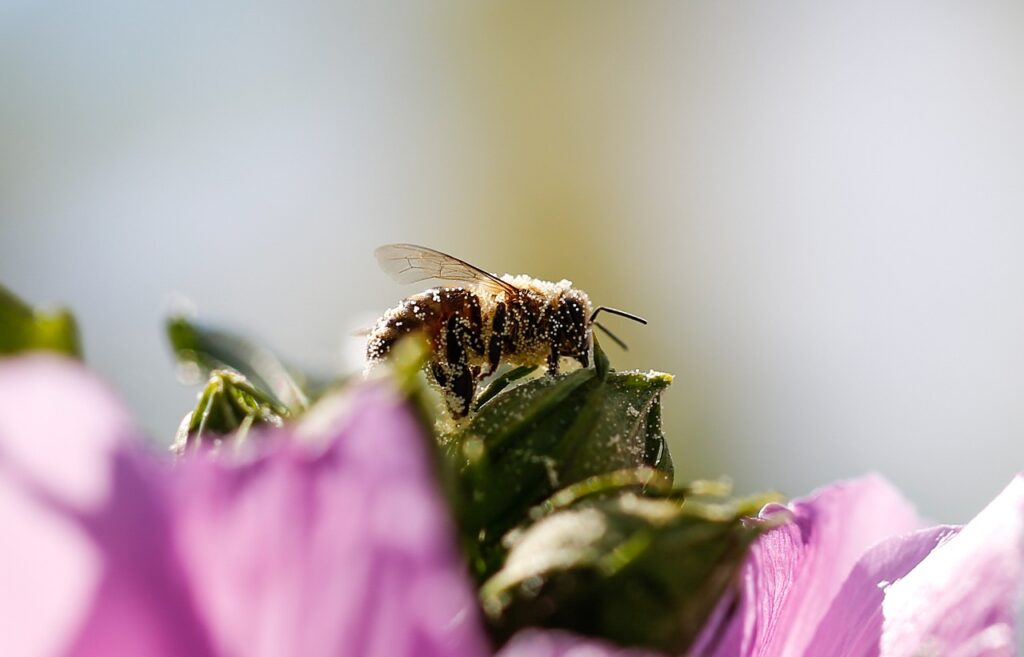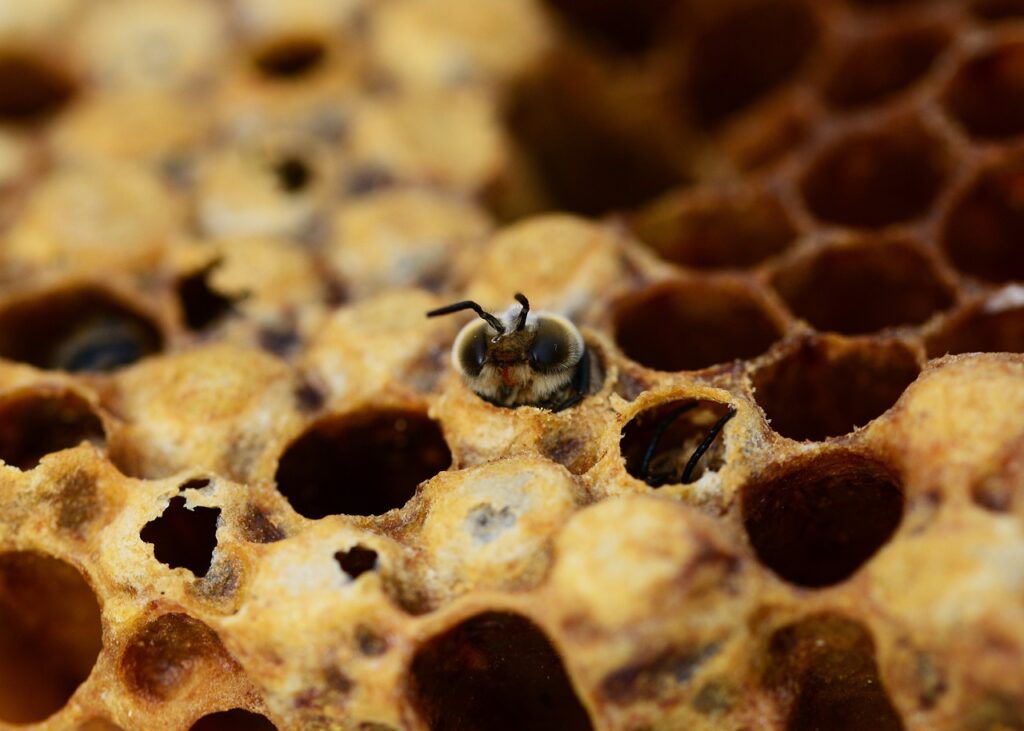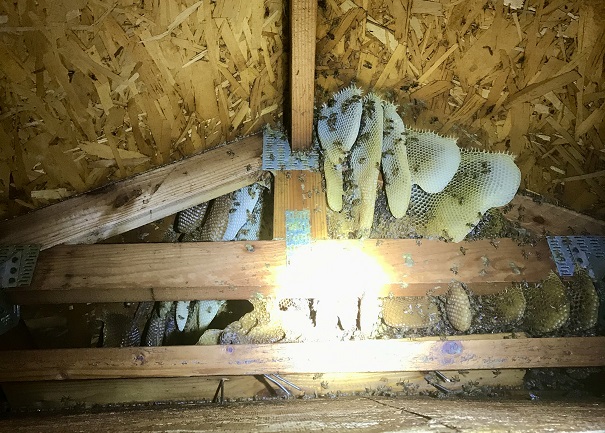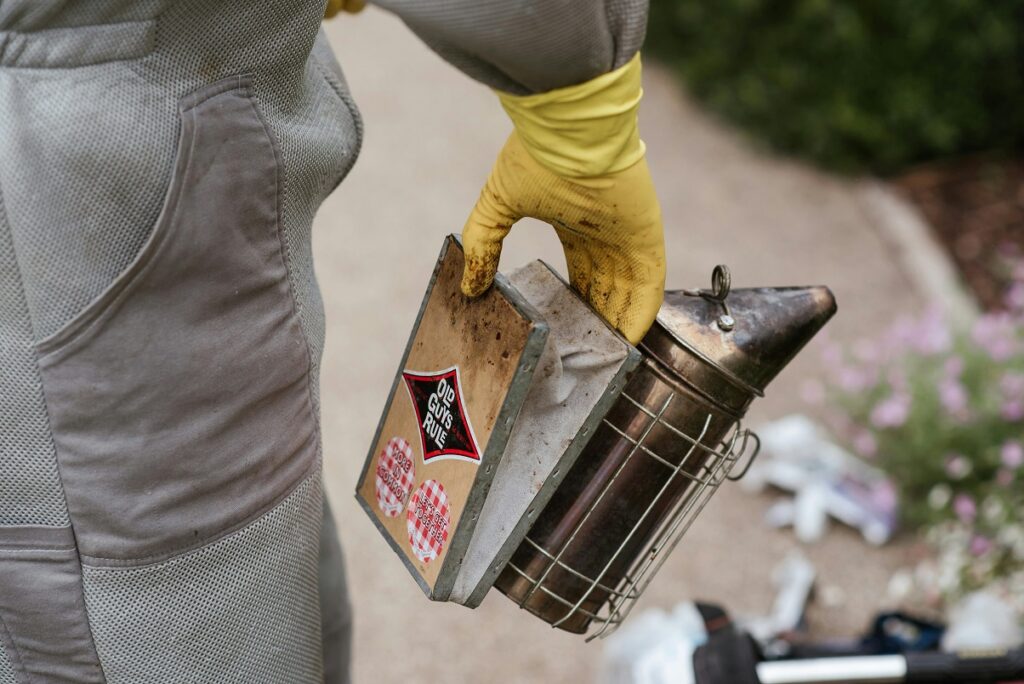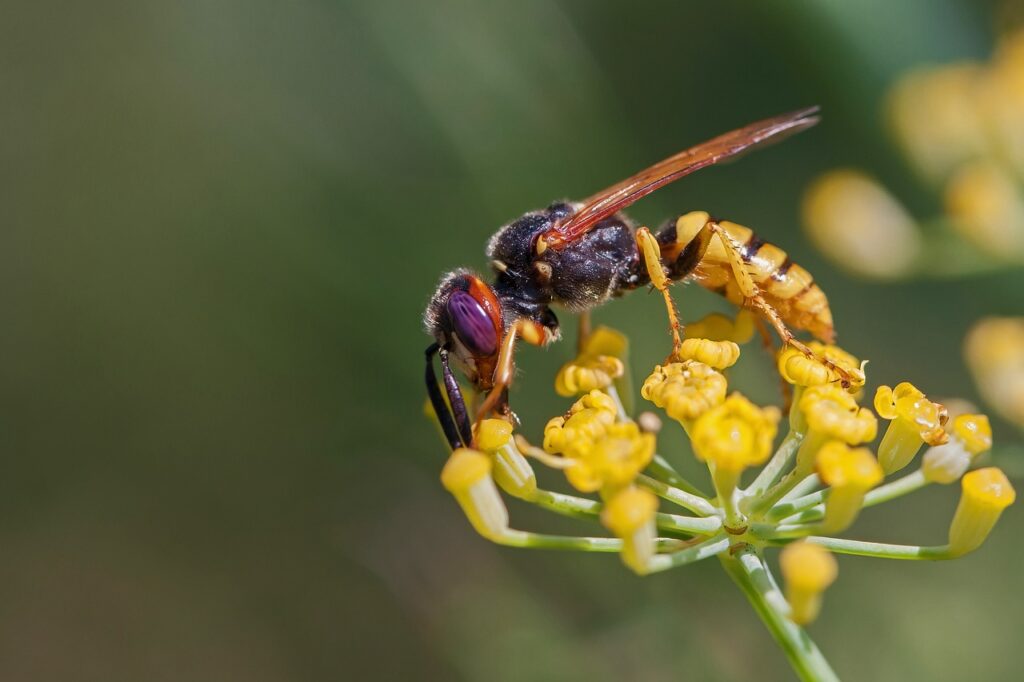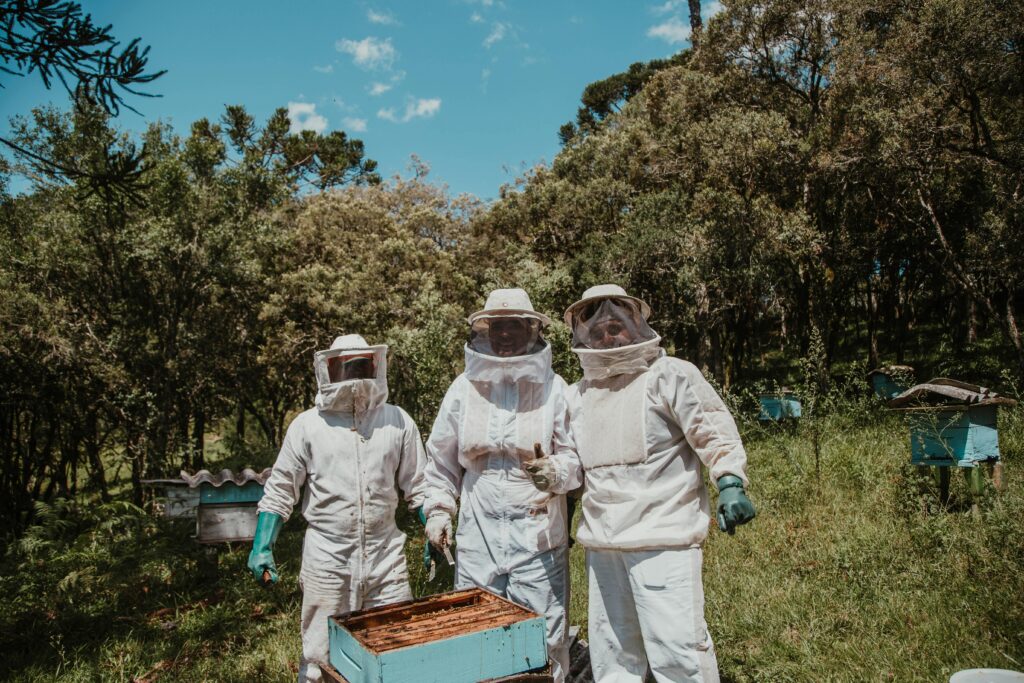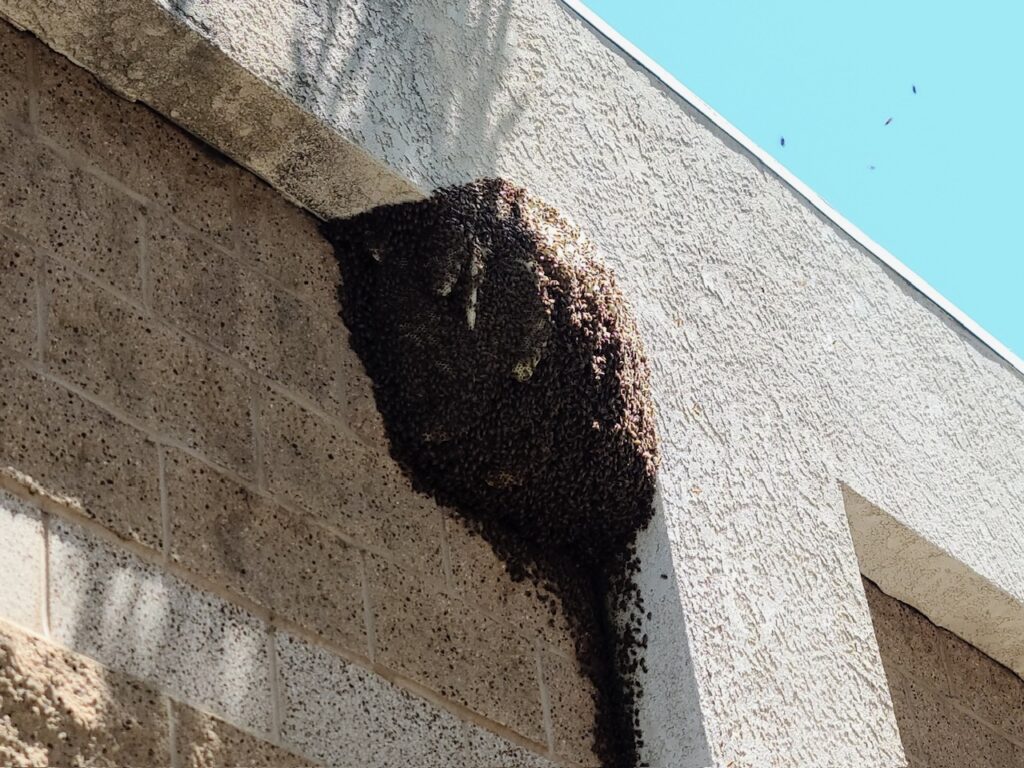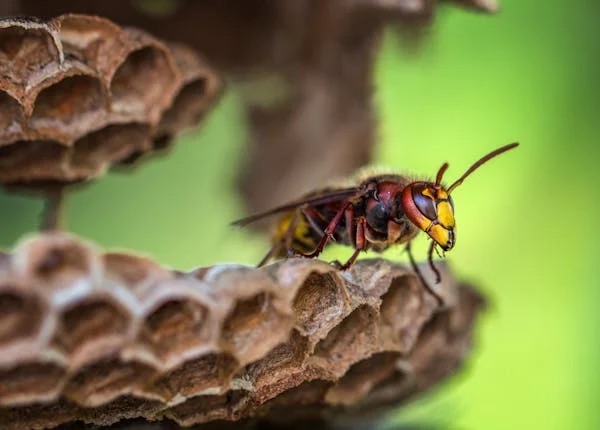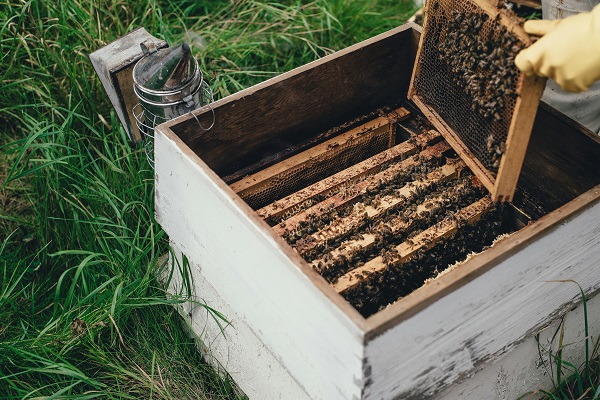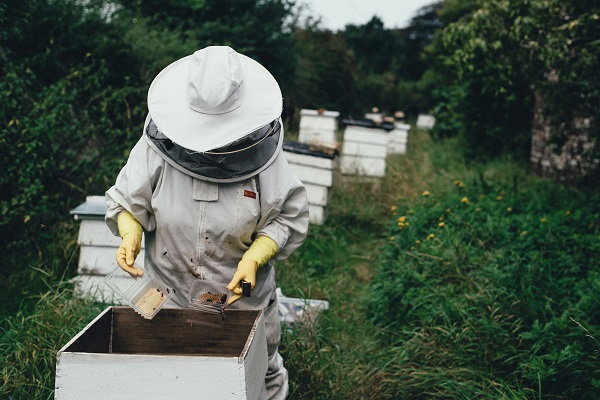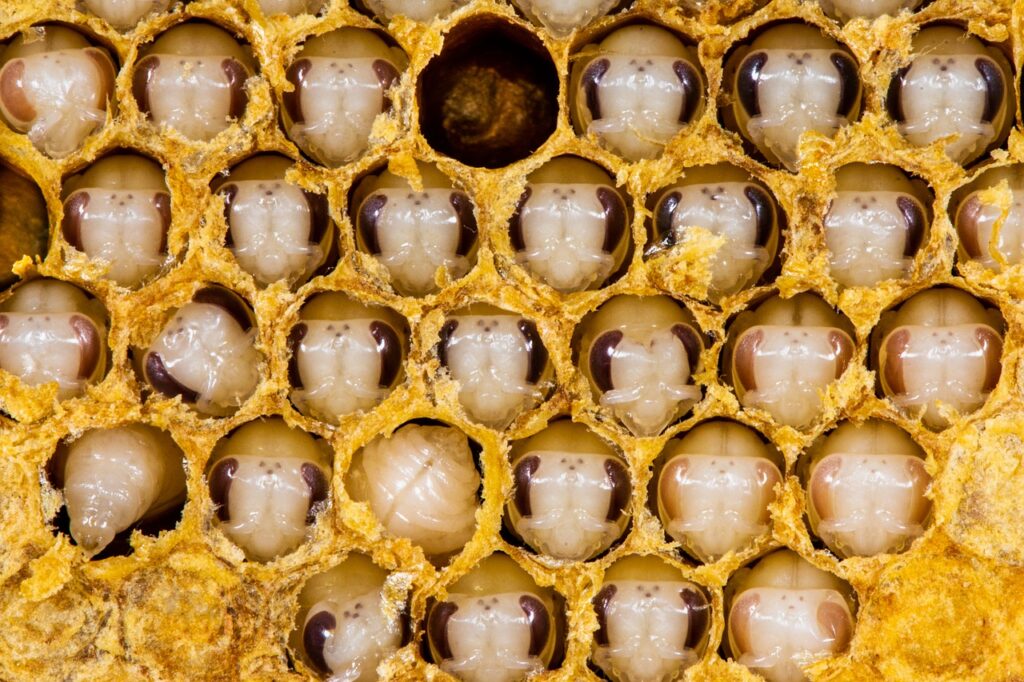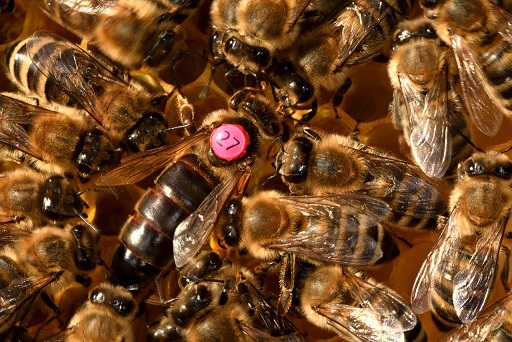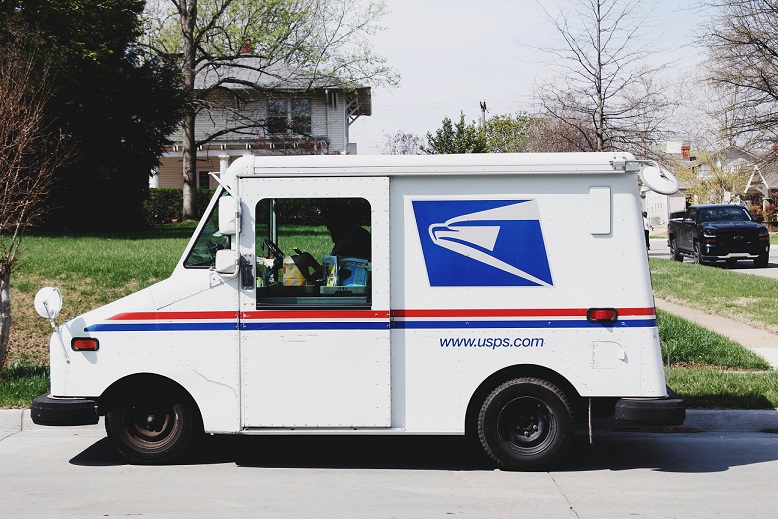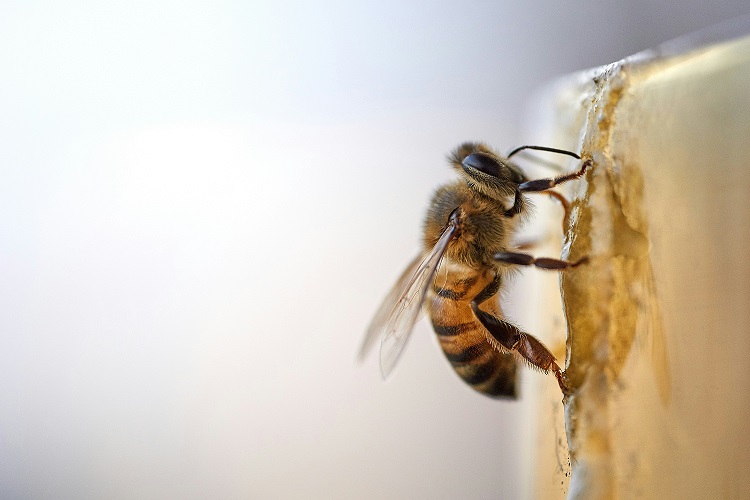Bee News
Why Cities No Longer Pay for Bee Removal



Bees play an essential role in our ecosystems, pollinating plants and crops that contribute to the biodiversity and food supply we all rely on. However, when bees set up their hives in urban areas, particularly in places that pose a risk to human safety such as homes, schools, or public parks, it becomes necessary to remove them.
In the 90s, many cities recognized the importance of safely handling bee situations and thus offered bee removal services. These services were often contracted out to professional bee removal vendors who had the expertise to relocate hives safely without harming the bees. This approach not only protected residents but also preserved bee populations, which are critical for the environment.
Budget Constraints: A Change in Policy
Due to increasing budget constraints and financial stress on municipal governments, many cities have had to make difficult decisions on where to allocate their limited resources. Public services such as bee removal, which might be considered non-essential compared to other pressing needs like infrastructure, public safety, and health services, often faced significant budget cuts.
Here’s a closer look at why bee removal services by cities become less common:
1. Budget Cuts: Many cities have faced severe budget cuts over the years, leading to a reallocation of resources towards more immediate and critical public services.
2. Increased Costs: The cost of contracting professional bee removal services, often including relocation rather than extermination, became prohibitive.
3. Shift in Priorities: As cities deal with more pressing issues like homelessness, healthcare, and infrastructure repair, services like bee removal are often deprioritized to focus on immediate human needs.
Current Practices: Limited Jurisdiction
Today, many cities have limited their jurisdiction for bee removal to city-owned properties or parcels. This means if you have a bee problem on private property, such as your home or business, it’s generally up to the property owner to handle it.
What Homeowners Can Do
If you’re dealing with a bee infestation, there are a few steps you can take:
1. Contact Professional Bee Removal Services: Many private companies specialize in bee removal and relocation. These professionals handle bees safely and humanely.
2. Reach Out to Local Beekeepers: Some local beekeepers are willing to relocate swarms for free or at a reduced cost because they can use the bees for their own purposes.
3. Prevent Invasions: Regular maintenance of your property can help prevent bees from nesting. Seal potential entry points and keep an eye out for early signs of hives.
While it might be frustrating that cities no longer offer bee removal services as they once did in the 90s, it’s often due to unavoidable budget limitations and a shift in priorities towards more critical services. However, there are ample private and community resources available to help manage and safely relocate bees, ensuring both human safety and the preservation of these vital pollinators.







